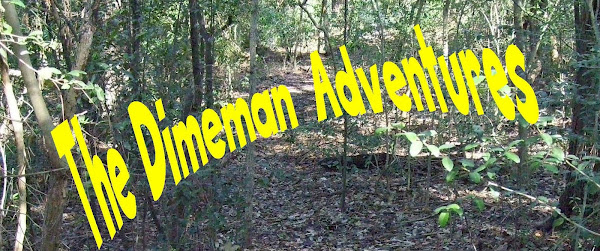Advanced Coin Shooting, by Patrick Fahey
Coinshooting, by H. Glenn Carson
Coinshooting II Digging Deeper Coins,
by H. Glenn Carson
Coinshooting III, by H. Glenn Carson
Competition Treasure Hunting,by Ernie Curlee
Diamonds in the Surf, by Bob Trevillian and Frank Carter
Metal Detecting Previously Hunted Sites,
by Vince Pascucci
Modern Metal Detectors, by Charles Garrett
Professional Treasure Hunter, by George Mroczkowski
Search !, by James Warnke
Successful Coin Hunting, by Charles Garrett
Successful Treasure Hunting, by Lance Comfort
Sudden Wealth, by Deek Gladson
Cache Hunting, by H. Glenn Carson
Find More Silver Coinshooting Parks and Schools,
by Robbie Morin
The Detectorist, by Robert Sickler
I also have about a dozen different year city maps of Houston from 1939 to present,
(1939,1950,1952,1955,1958,1960,1962,1965,1968,1972,1978,1982,1990,2006,2012) which shows parks, schools, roads,important buildings and where the city limit lines had been located over the years. Some of the city parks had been in use before the areas had been annexed to the city.
Example--- a particular park that the city aquired in 1971, is shown on a 1962 city map outside the city limits----- --and a park that the city aquired in 1952 is on a 1939 city map, also just outside the city limits line----------When the city annexed the areas outside the city limits the parks then became aquired by the city the year of the annexation. Older maps showlots of details about where prime searching location will be.
Many maps of the area you might be interested in are available on eBay. that is where I found all of these maps.













